Vanishing North
An occasional series in the Star Tribune documenting the biodiversity crisis and the people struggling to head off extinction for Minnesota’s most vulnerable animals and plants.
Schoolchildren in Minnesota learn that bison once roamed the prairies and passenger pigeons darkened the skies. But gazelle-like pronghorns? Whooping cranes? Wolverines? A mussel called a fat pocketbook?
These too, are among the 50 species driven out of Minnesota since Europeans arrived in the state in the 1600s, according to a Star Tribune analysis of species data from the state Department of Natural Resources (DNR). Each loss leaves some tiny hole in complex ecosystems where everything has its own part to play. Every disappearance eliminates one small piece of the wild that we depend on to nourish our bodies and soul.
The "List of the Lost," let's call it, is a serious undercount, say scientists who have reviewed it. Yet it is the only clear window available on what Minnesota has lost in recent history due to our destructive effects on the Earth.
A few species on the List of the Lost are extinct everywhere, such as passenger pigeons. But most are extirpated from Minnesota, meaning they're locally extinct but still exist elsewhere. Bison are classified as extirpated because they no longer roam wild in Minnesota, though they are present as captive herds.
For many species on the List of the Lost, Minnesota was the edge of their range. More than 300 coffeehouses across the state bear its name, but few today realize caribou actually once roamed northern Minnesota's old-growth boreal forests. Small caribou bands were reported in the state until about the 1920s, the DNR said. As logging and other pressures on caribou habitat mounted, the animals retreated north.

Minnesotans drove out other species long before that.
It's thought that the American pronghorn disappeared from Minnesota in the 1800s. Often wrongly described as antelopes, pronghorns are gazelle-like creatures with black horns, white rumps and distinctive white stripes across their neck. They're one of the fastest animals on earth, reaching speeds of more than 50 miles per hour.
The sighting of a pronghorn wandering into Minnesota from the Dakotas is so rare now it makes headlines, as do glimpses of a mountain lion or a whooping crane passing through.
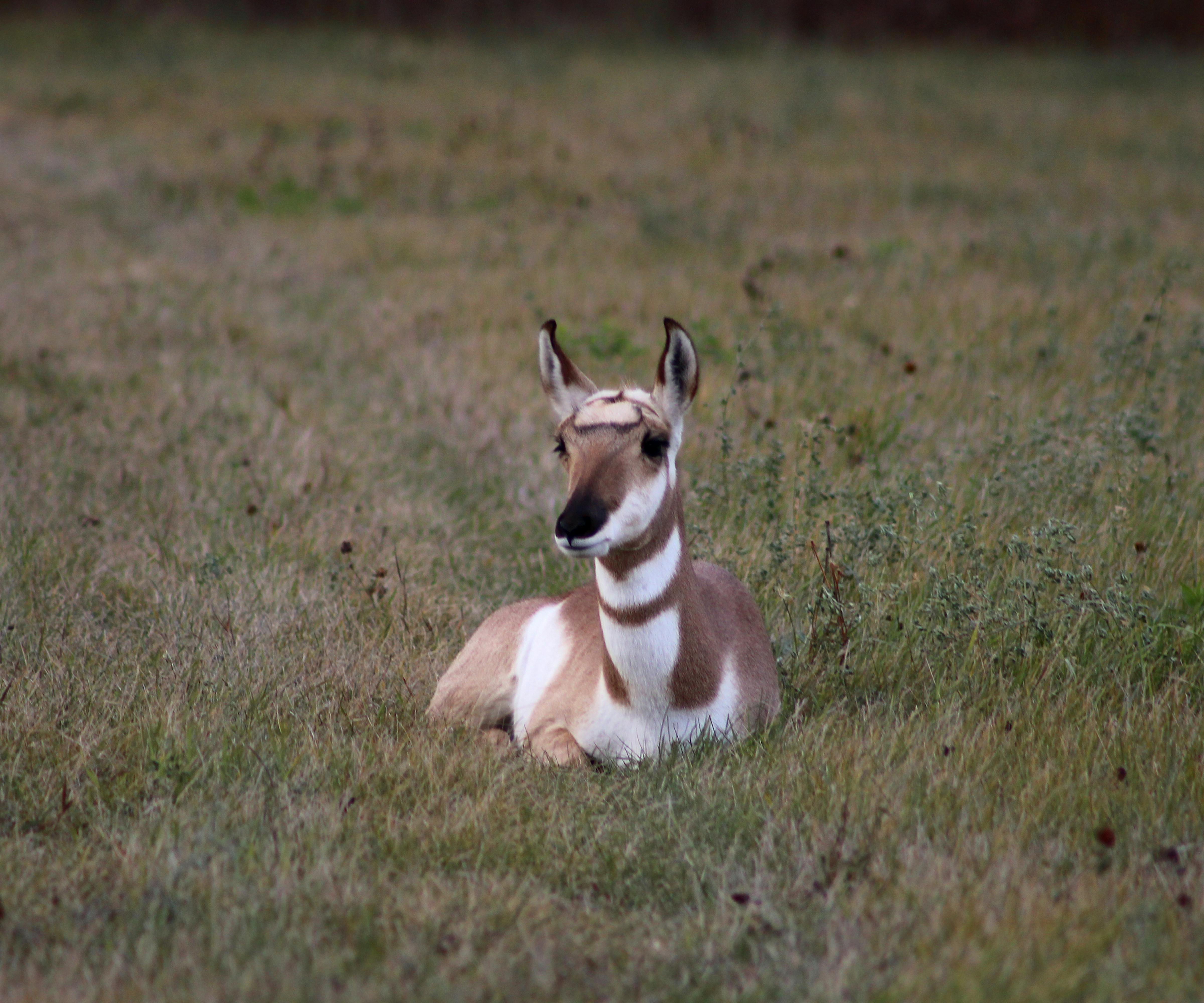

The whooping crane is one of eight birds on the List of the Lost. Given the distances they move, birds are a challenge to classify. Two of the birds are considered globally extinct: passenger pigeons and, with less certainty, the Eskimo curlew, which has not been seen in Minnesota since 1886, according to the DNR. The remaining six birds are extirpated or possibly extirpated as a regular breeding species in Minnesota although some can occasionally be seen during migration, such as willets and the lark bunting.
Most of the species that have slipped away lack the charisma of cranes or wolverines. The fat pocketbook is a freshwater mussel that hasn't been seen in the Mississippi River since 1948, done in partly by dams and sediment from farmland. Gone too are povertyweed and the chinkapin oak tree, two of the plants that make up about half of the List of the Lost.
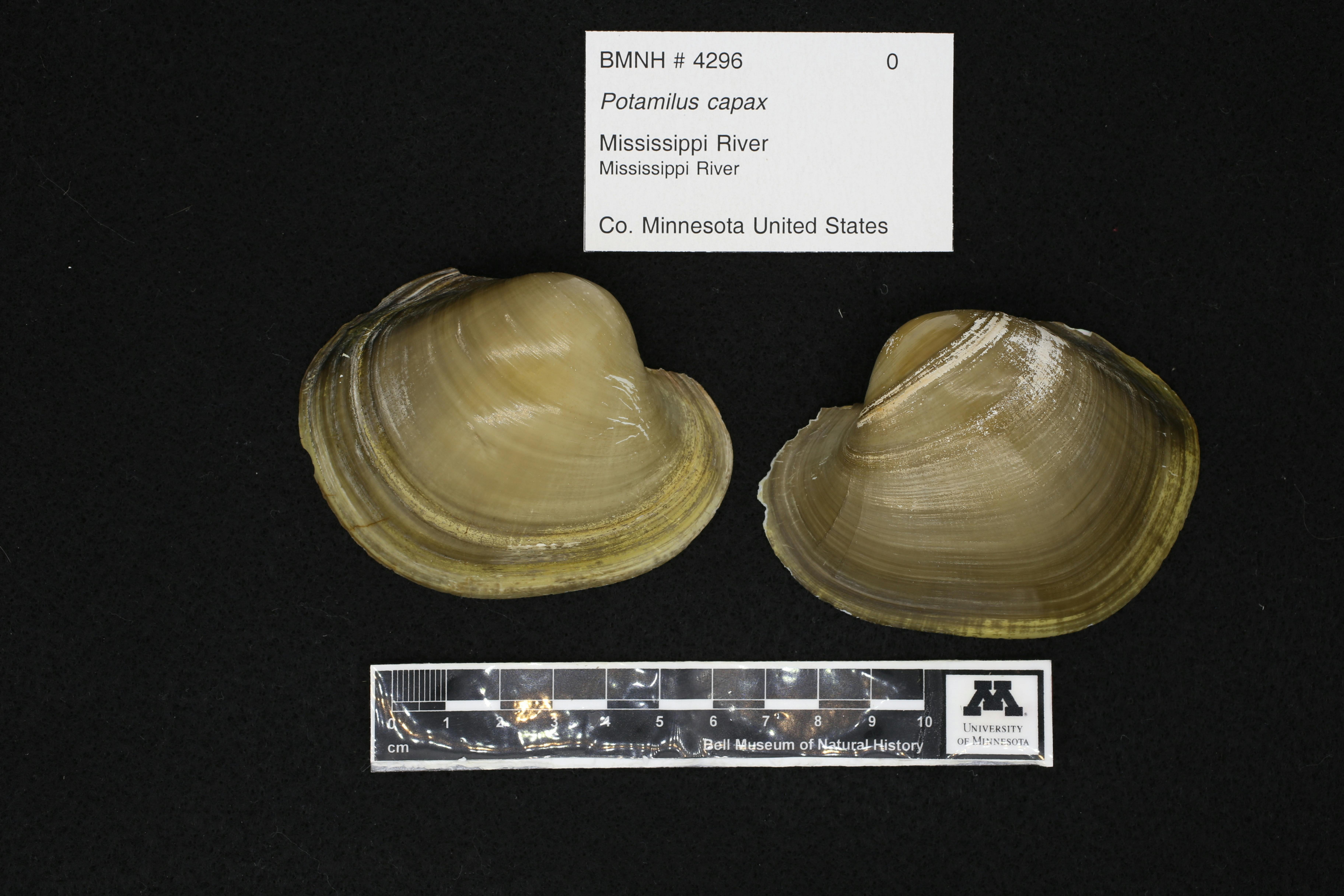
Two of Minnesota's 49 species of orchids have not been seen for about a century: the Oklahoma grass pink that once grew near Lake City, and the broad-leaved twayblade that botanists found in Cook County in the 1920s after the first road was built there, said Welby Smith, the DNR's state botanist.
Bruce Carlson, the plant ecologist who runs the Minnesota Biological Survey, the DNR unit that surveys the state's rarer species, said the list would certainly be longer if the state had a complete inventory of all native or naturalized species. That's a feat few, if any, states have accomplished. California has not; Florida reports coming close. Tracking microbial life is a new frontier.
So far, the state DNR has documented nearly 7,000 species that are native or naturalized in Minnesota. Although it is far from complete, it is impressive and quite comprehensive for the Upper Midwest, said Healy Hamilton, chief scientist at the conservation nonprofit NatureServe in Arlington, Va.
"We don't know what's missing," Hamilton said.
And we probably never will. Species no doubt vanished from Minnesota before they could be documented as we plowed up the prairie, logged forests and built cities.
"I am certain that many species were extirpated through the loss of all but a small fraction of the once-vast grasslands and savannas," said Forest Isbell, associate professor in the University of Minnesota's Department of Ecology, Evolution and Behavior.
The DNR is working to fill gaps in the state's overall species list for organisms such as fungi, mosses, lichens, macroinvertebrates such as clams and crayfish, and the staggering array of insects — the most numerous group of species on the planet, Carlson said.
Some are on display at the University of Minnesota, which has a 140-year-old collection that features 53,000 insect species from around the world. Curator Robin Thomson estimates that at least 2,426 of the insect species have existed in Minnesota. "And that's absolutely an undercount," she said. It's not clear how many of those are recorded in the DNR tally.
Such organisms simply were not a public priority in the past, said Carlson. That clearly has changed as public awareness of their benefits and their plight has taken flight.
"It's kind of like pollinators exploded," he said.
Filling in those gaps is a major focus of Carlson's unit, now on its second round through the state. They're also covering previously overlooked landscapes, such as pastures, and focusing more on monitoring for change.
As they fill the gaps, the number of Minnesota's imperiled species will likely grow. There are 590 species state-listed in Minnesota as endangered, threatened or of special concern. With each update, the list expands significantly. It was last updated in 2013; the DNR plans to start the rule-making process next year for a new update.
The List of the Lost will no doubt grow too. The burrowing owl is not yet classified as extirpated, although it has not been seen in Minnesota since around 2009. These long-legged, daylight-loving prairie owls hung out on the ground, nesting in holes dug by ground squirrels and badgers. Reintroduction efforts in the 1980s failed.
Likewise, the Poweshiek skipperling is not on List of the Lost, although it probably should be. It too remains state-listed as endangered although the tiny prairie butterfly has vanished from Minnesota and teeters on global extinction.
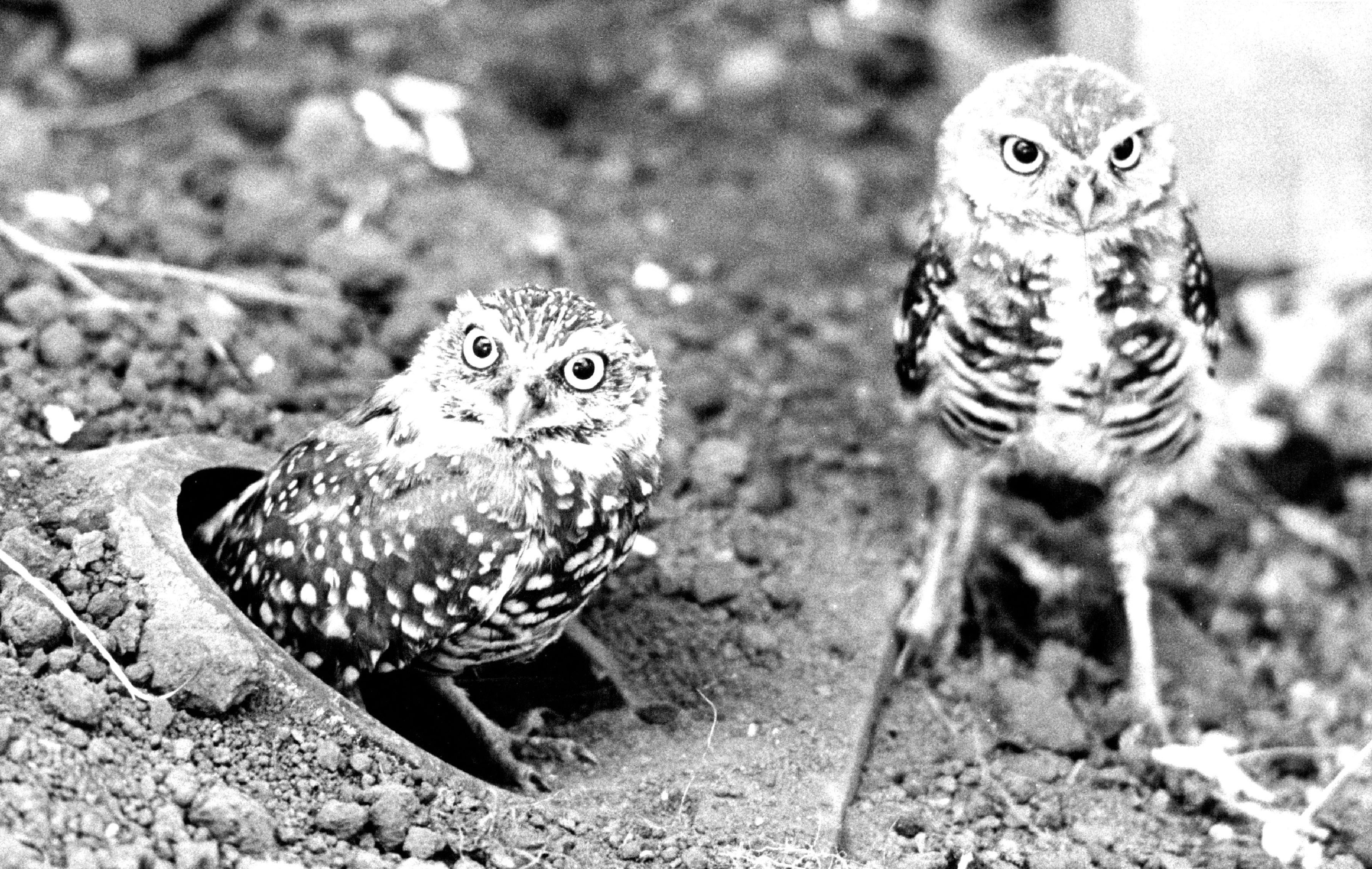
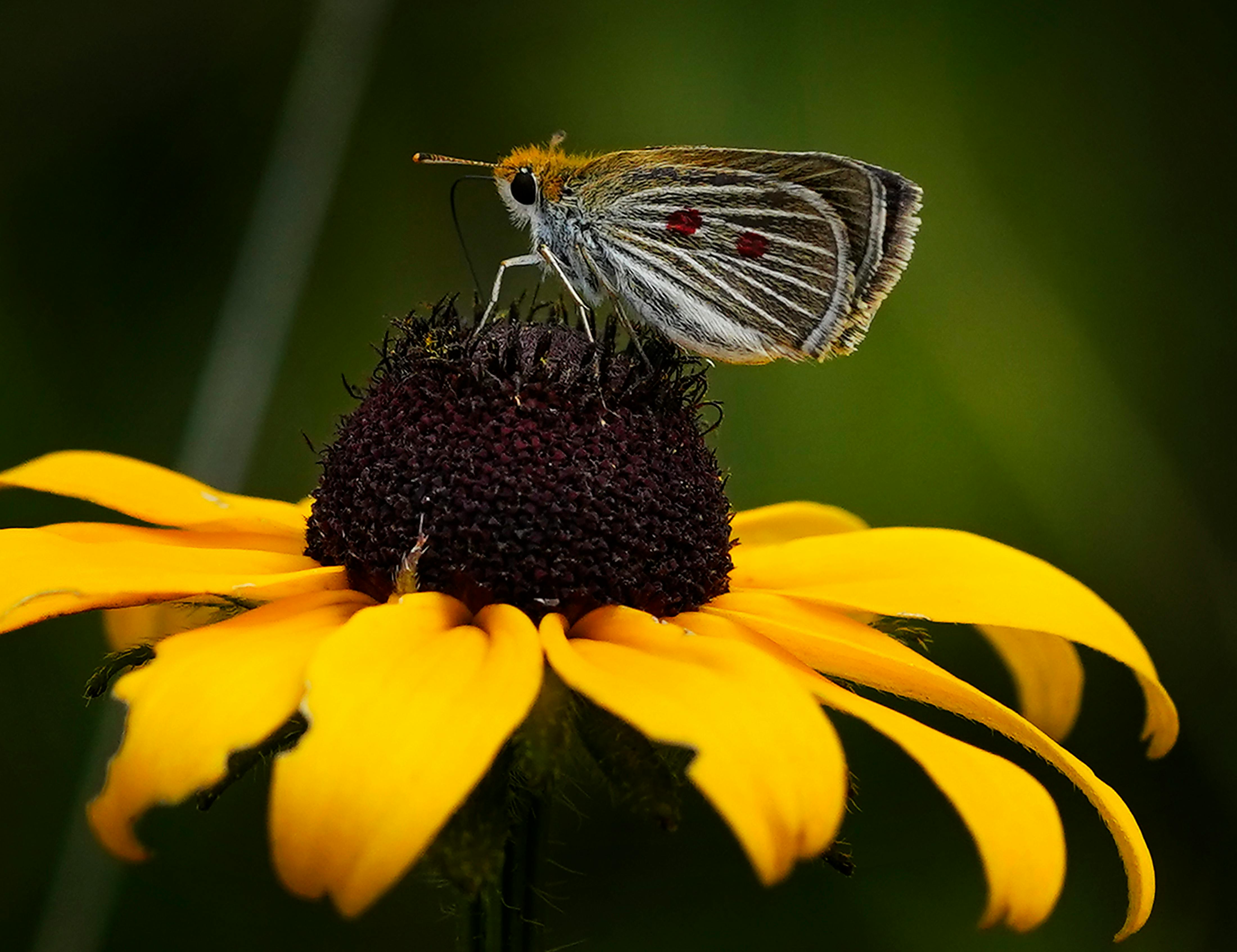
Tracking local extinctions has not been the DNR unit's mission. Like all of the natural heritage programs in nearly every state, the mission has been to find species, document their distribution and assess their conservation status, Carlson said. Tracking species-level biodiversity loss across Minnesota would be an enormous undertaking requiring extensive and permanent monitoring, he said.
"That's a big-dollar item," Carlson said.
Scientists often rely on changes in habitat as a surrogate for species status and loss. In fact, in the U.S. there is no national biodiversity monitoring program, said NatureServe's Hamilton. In contrast, every province in Canada is served by a federally funded Conservation Data Center.
"So much of our economy depends on biodiversity, whether it's goods or services or it's people paying for experiences," said Hamilton. "And yet we really are not actively tracking the true state of biodiversity in any kind of comprehensive way. It's very piecemeal."
Hamilton called the current extinction crisis a "slow-moving meteorite." The List of the Lost is but a sampling.
Carlson grew quiet as he scrolled through it. Even an undercount is too many. It's depressing, he finally said.
"Those of us who work in conservation, we often say all we're doing is documenting demise," he said. "It's a hard fight. Conservation often treads water and loses."
And still, nature is resilient in ways we don't fully appreciate. Carlson expressed amazement at the many species surveyors have documented in Minnesota in places they weren't known to exist — including at least two moth species researchers suspect are new to science, not just Minnesota.
One is a large, elegant moth with shimmery cream-colored wings and very faint black dots. DNR entomologist Kyle Johnson found the moth in 2018 in the middle of the Red Lake Peatland Scientific and Natural Area, "way out in the middle of nowhere." He's pondering a name, and awaiting official confirmation that it is a new species.
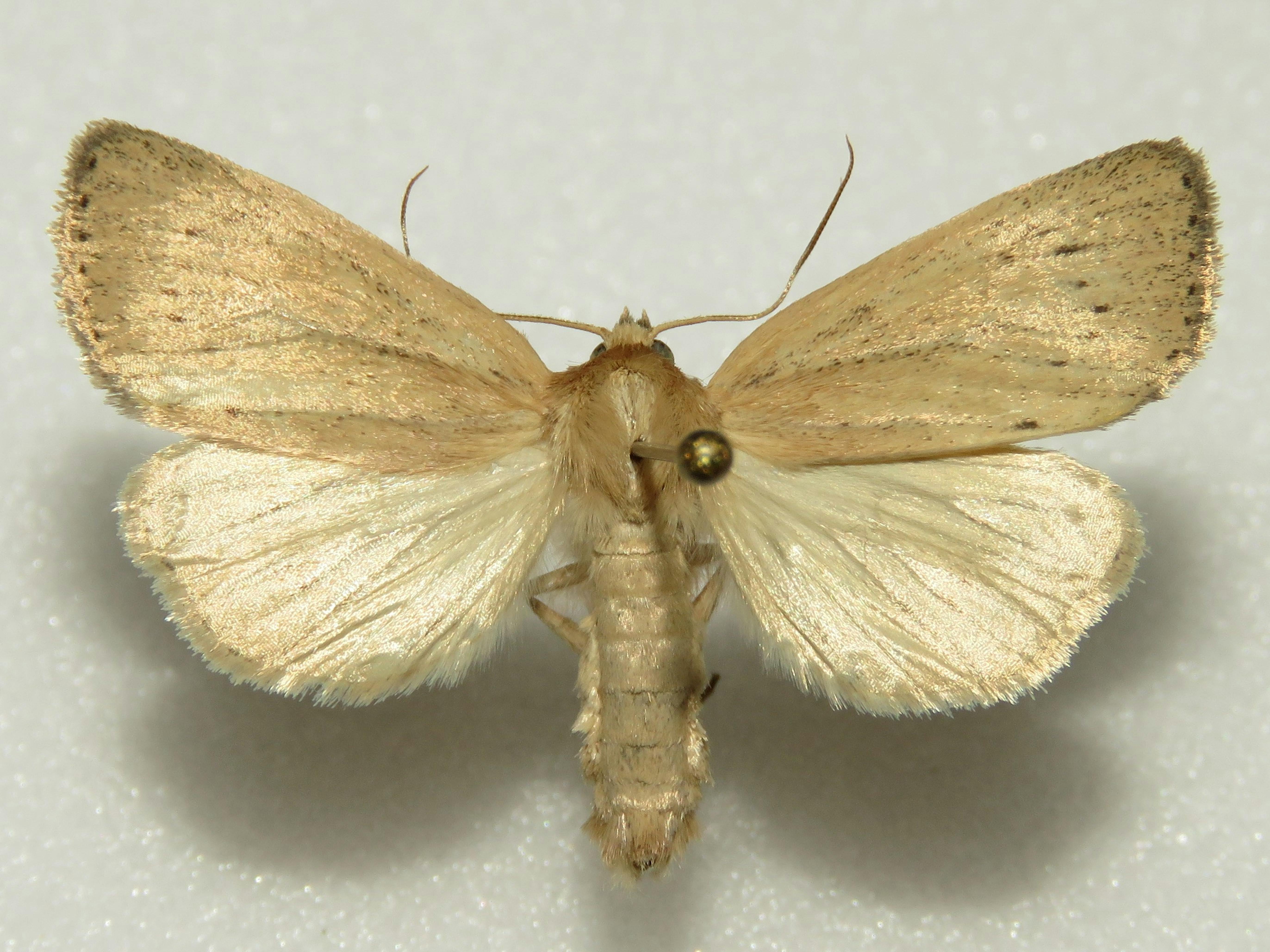
Johnson's species hunt is painstaking, old-school field work. He pitches a tent, strings up a white sheet, waits for nightfall, shines a light on the sheet and sits alone waiting to catch and document what lands. Johnson said that Up North he can catch 200 species of moths in a single night.
"It's genuinely an adrenaline rush," he said.
As radically altered as Minnesota's natural landscapes may be, much of it is still teeming with life, Johnson said: "In the back of your mind, it's 'I wonder what we're missing.'"